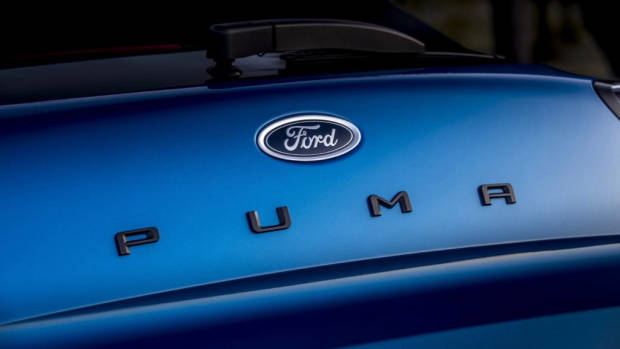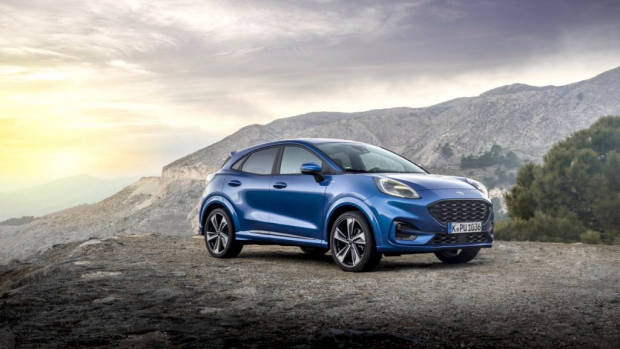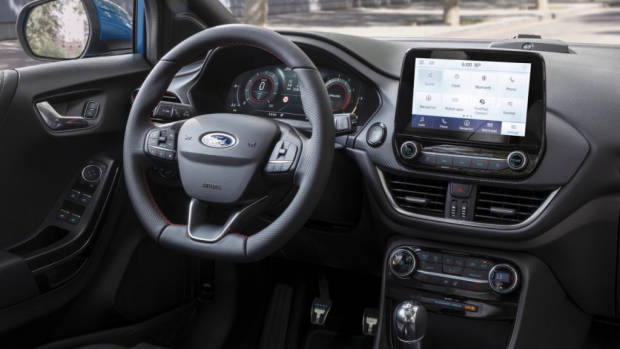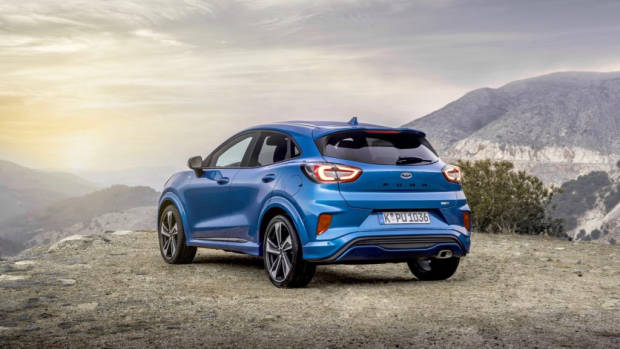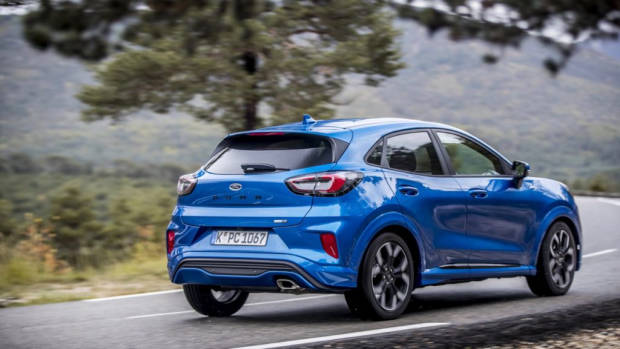-
Car Reviews
- All reviews
- Midsize SUVs
- Small cars
- Utes
- Small SUVs
- Large SUVs
- Large cars
- Sports SUVs
- Sports cars
- Vans
Latest reviews
- Car News
-
Car Comparisons
Latest comparisons
- Chasing Deals
The word Puma might mean a few things to you – trainers for one – but it’s also a Ford nameplate, one that first adorned an elegant compact coupe in 1997 and is now perched on the boot-lid of a compact crossover.
On sale in Europe now, Ford has confirmed the athletic Puma for Australia in the second half 2020, where it will almost certainly be a hit. Though it won’t be without challenge, nestling into an ever-swelling class that includes the Volkswagen T-Roc, excellent Mazda CX-30 and Hyundai Kona.
Here’s a quick recap on the original Puma, it was a small coupe that emerged in 1997 when a two-door sports car was the must-have vehicle. Sadly that market dwindled in the early 00s, the stylish coupe was axed by 2001.
However, the Puma will be remembered fondly by enthusiasts, so it’s understandable there was some backlash from Ford fans when the new car emerged as a soft-roader to replace the rather uncool EcoSport.
But look back to the original Puma, a car to fill a sports-compact-sized niche. The new Puma simply swaps to compact-SUV.
Visual impressions are positive with that highly distinctive front end with Fiesta DNA in the grille and fog-lights, but those buggy headlights are almost throw back to the coupe from 1997. Although it may not strictly be a beautiful design, there’s no doubting the Puma has an identity of its own.
The interior is more subdued with a centrally-mounted touch screen adorning a simple dash, it looks as though the number of materials has been kept to a minimum, too.
There is currently a single one-litre three-cylinder EcoBoost engine available with two states of tune, the base being 93kW/210Nm which Australia will likely do without and the punchier 115kW/240Nm tune we’re more likely to receive. Details will be confirmed closer to launch.
A 48-volt mild-hybrid system will be employed to cut the Puma’s fuel consumption.
Naturally, a six-speed manual is offered in Europe, whether that will make it here remains to be seen but it’s likely that the seven-speed dual-clutch alternative will be the buyer’s choice.
Three trim levels of Puma are offered in the UK starting with the Titanium that gets 17-inch alloy wheels, black plastic body-cladding, rear parking sensors, a rear-view camera, auto-headlights, 8-inch touchscreen, cloth-appointed seats with massage function, cruise control and lane-keep assist.
Moving upwards the ST-Line boasts a more athletic suspension tune, different 17-inch alloys, a rear wing, aluminium gear-knob, painted body-cladding, leather-appointed handbrake and smart-looking 12.3-inch digital instrument cluster.
The range-topping ST-Line X looks great with larger 18-inch wheels, a premium B&O sound system and partial leather seats. Please note these specification levels don’t necessarily indicate what will arrive later this year.
Ford’s Co-Pilot 360 system will be available on the new Puma; the suite includes lane-centring, park assist, blind-spot monitoring, high-speed AEB, rear cross-traffic alert and adaptive cruise control.
Pricing is yet to be confirmed for Australia, but in the UK the base Titanium starts at £20,845 ($40,150 at the current rate), with range-topping ST-Line X from £22,895 ($44,100 at the current rate). Not an inexpensive crossover, but we await for full pricing and specification details closer to launch.
We do not doubt that the Puma is a more stylish vehicle than the EcoSport it replaces, and with the Australian buyer’s penchant for compact SUVs, we reckon the Puma might just be a hit. Of course, that all hinges on how it drives which we’ll find out later this year.
Latest news
About Chasing cars
Chasing Cars reviews are 100% independent.
Because we are powered by Budget Direct Insurance, we don’t receive advertising or sales revenue from car manufacturers.
We’re truly independent – giving you Australia’s best car reviews.
